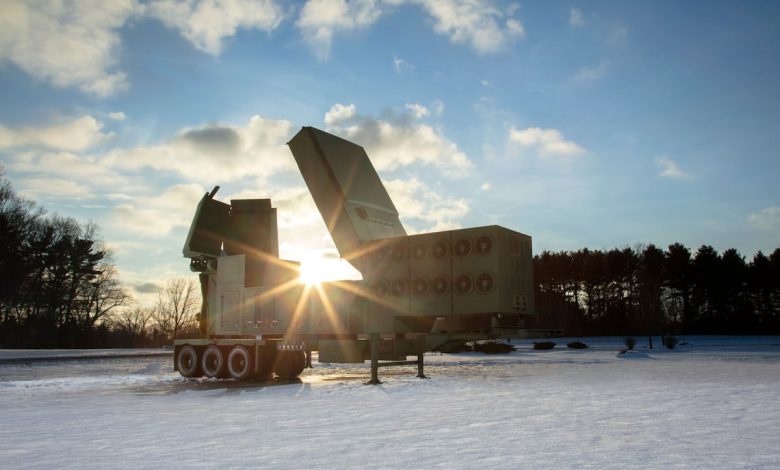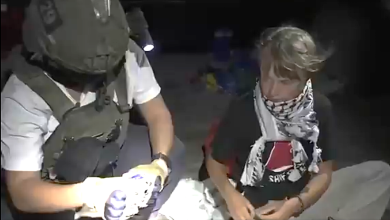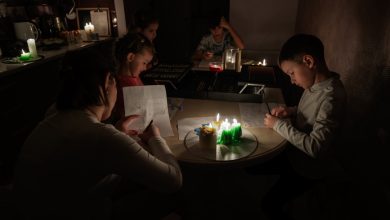Next-gen air defense radar approved for low-rate production

The U.S. Army has formally approved a new air and missile defense sensor to replace its aging Patriot for low-rate production, according to its system developer Raytheon.
The service has been working on replacing its aging Patriot air and missile defense system for over 15 years, initially running a competition for a full system before canceling those plans in favor of developing a new command-and-control system and a new radar separately.
The Army’s Lower-Tier Air and Missile Defense Sensor, or LTAMDS, “is a huge, significant capability,” Maj. Gen. Frank Lozano, program executive officer for missiles and space, said in an exclusive interview with Defense News at Redstone Arsenal, Alabama, last month. “We anecdotally say it doubles legacy Patriot radar capability and not only does it double it, it provides you 360-degree capability.”
The radar is a major modernization element for the Army’s Integrated Air and Missile Defense system, along with a fully modernized — and already fielded — command-and-control capability called the Integrated Battle Command system.
The Army awarded Raytheon a contract in 2019 to deliver prototypes over five years. Building the radar rapidly was an ambitious challenge, according to Lozano, and the service decided to keep the sensor in testing for an extra year to ensure it was fully mature and ready for prime time.
Now, following several successful flight tests, including ones that combined other major air and missile defense elements over last fall and early this year, the system has been deemed ready for low-rate initial production and the service is preparing to send two prototype systems used during testing to Guam as it builds up the island’s air defense capability.
“I’ve been at Raytheon almost 40 years and worked a lot of large development programs and I have to say, I really don’t know of one that’s gone better,” Tom Laliberty, the company’s president of land and air defense systems, told Defense News. “To go from … contract award, build six prototype units, test them over a few years and … now ready to deploy them into theater is just unprecedented.”
LTAMDS went through eight major missile flight tests along with roughly 10,000 hours of other testing, including radiate time, radar tracking time and testing against wind, rain, dust and road marches, during which soldiers “kind of beat on them a little bit to see how they stand up,” Laliberty said.
Additionally, LTAMDS is part of a larger air defense system, so the company and the Army worked to mature interfaces with the Northrop Grumman-made Integrated Battle Command System and integrate two different missiles: Patriot Advanced Capability 2 and PAC-3 Missile Segment Enhancement.
“That’s really what that … extra year was all about, the maturity of all that,” Laliberty noted.
The Army’s low-rate production lot will consist of roughly 10 radars. The service plans to build 94 radars total over the course of the program. Raytheon will also simultaneously build Poland’s 12 LTAMDS radars on order. Poland is the first foreign customer for the system.
Currently the time to build an LTAMDS is about 40 months on the production line, but the Army is working with Raytheon and has hired a consulting company to work on supply chain management in order to accelerate production time to 36 months (a formal program objective).
“From a cost perspective — [$13 billion across its life] — I think there’s a huge win here,” Lozano said. “It’s a huge program, and it’s likely going to be within the Army inventory for multiple decades. Because it’s a digital radar that is software driven, it’s going to mature and keep pace with the evolving threat.”
“We build the legacy Patriot radar for $110 to $115 million a copy,” he added. “Right now, the initial cost of the LTAMDS radar is about $125 to $130 million a copy. That cost will continue to come down. We’re building the newest, most advanced radar at almost the same exact price that we’re building the legacy radar.”
The Army’s low-rate production period will last roughly two and a half years. The service is planning for the LTAMDS initial operational test and evaluation to take place in the fourth quarter of fiscal 2026.
The service aims to reach full-rate production in 2028, Lozano said.
Jen Judson is an award-winning journalist covering land warfare for Defense News. She has also worked for Politico and Inside Defense. She holds a Master of Science degree in journalism from Boston University and a Bachelor of Arts degree from Kenyon College.







